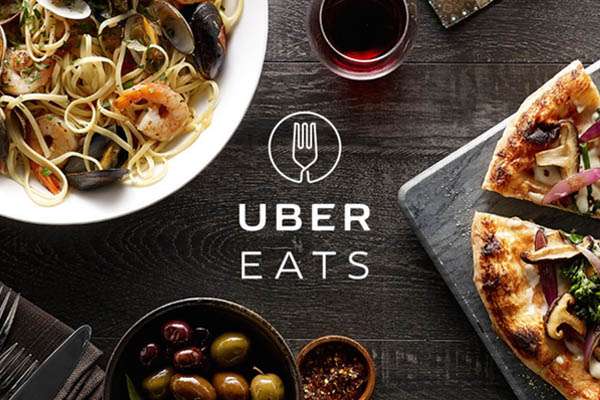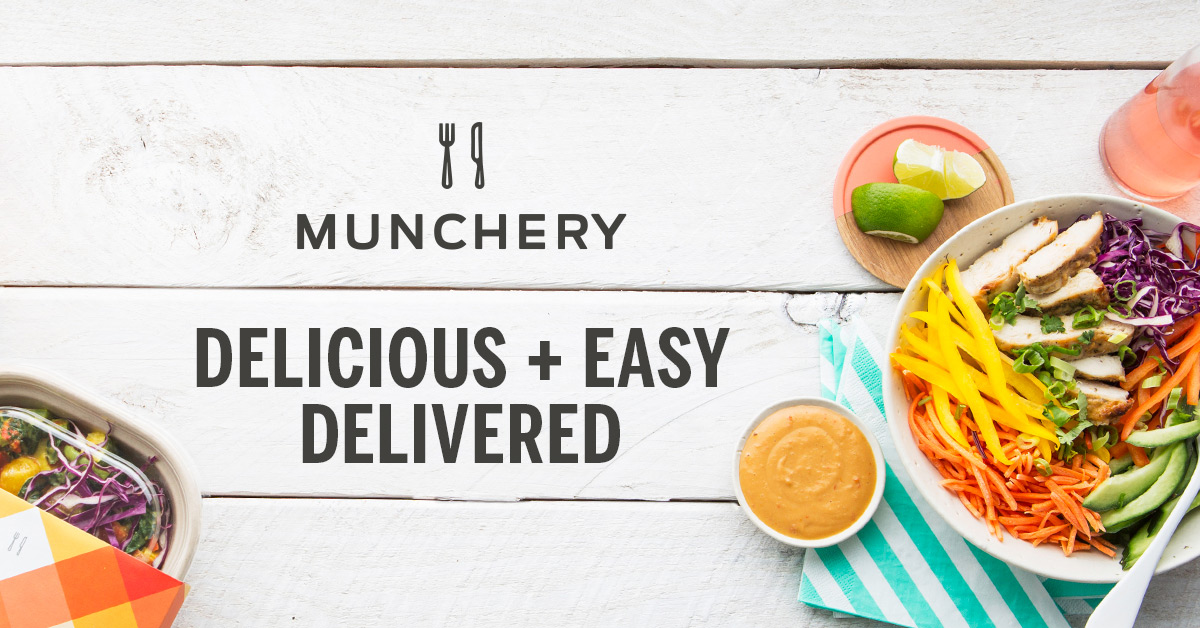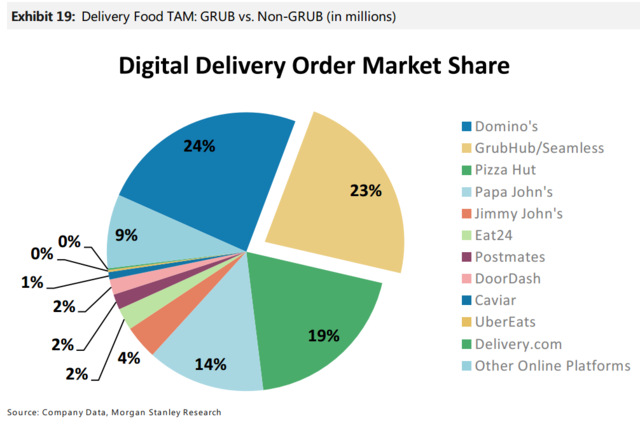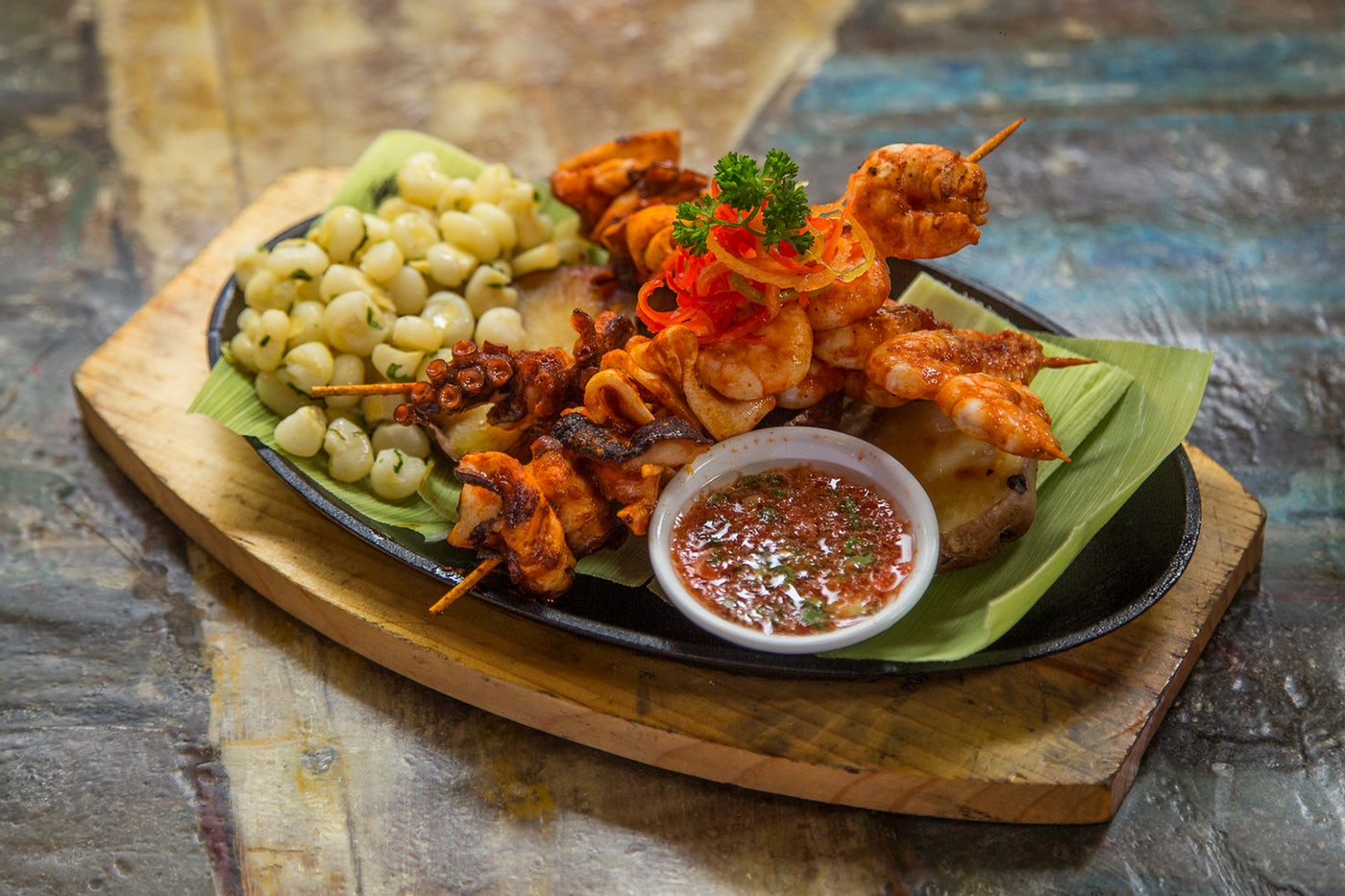Answers
Sep 25, 2018 - 12:28 PM

Frankly, as you find that the food delivery scene is too crowded for all these players to realize profits, I think that the industry is way too far from saturated. I my opinion, the many players in the food delivery business all have a fair shot at the business due to the glaring logistical inefficiencies of the companies that are already ahead in the sector.
To better respond your question and give insight to the current market situation, I will highlight the main categories of delivery that make up the industry and their corresponding business models and the challenges that they face.
Besides that I will rightly place each of the companies you mentioned into a category that they belong to so as to help you appreciate how they make their money and that at times they are not even competing with each other.
There are four different categories of businesses going on in the food delivery business that I could rightly identify:
- Restaurant Aggregators and Ordering Platforms
- Restaurant Aggregators, Ordering Platforms and Delivery Marketplaces
- Delivery-Only Restaurants
- Logistics-As-A-Service(LAAS)
- i.Restaurant Aggregators and Ordering Platforms
The overriding business model for players in this category involves a company managing the ordering website and the mobile application on behalf of a variety of local restaurants. Consumers then place orders for pickup and delivery."
By now you could be asking, “Where then is the money?” These companies make money by taking a commission in terms of an agreed percentage from the order value, usually between 10 and 30%. A common practice is that the consumer gets the food at the same price they would have gotten it had they walked in to a restaurant and bought it themselves.
For orders received via these platforms, the restaurant receives 10% to 30% less revenue than they would have realized from direct purchases.
Of noteworthy importance is that the companies in this category only contribute to the process of ordering food in the lifecycle of food delivery.
Considering that it is quite easy to build these apps, there are lower barriers to entry into the food delivery business and as a result, there are many competing apps.
ii.Restaurant Aggregators, Ordering Platforms, and Delivery Marketplaces

This category of food delivery business is similar to the above but on top of enabling the customers to place an order through the app, the company recruits and manages a pool of independent contractors as delivery couriers.
Ideally, a courier nearest to the restaurant from where an order has been placed receives an alert on their app and picks the order for delivery in the shortest time.
Companies in this category make money by charging a premium on the foods for their delivery. This premium can be realized in form of inflated costs of menu items as well as service fees.
In the event where a company has an existing relationship with the restaurant, they charge a commission similar to those charged by apps in category one.
Companies such as DoorDash in the US and Deliveroo in the UK have recently had impressive funding rounds to scale up their delivery operations. Other companies that use this model are: Postmates, UberEats, Caviar, and Favor.
- iii.Delivery-Only Restaurants

The downturn of operating a delivery business using this model is that it is difficult to generate high octane brand awareness and demand at the onset.
The businesses thus command a huge spend on marketing and advertising e.g. through celebrity endorsements to generate consumer density.
- iv.Logistics-As-A-Service(LAAS)
These apps are similar to how UPS provides shipping services to Amazon as they too provide the restaurants with shipping logistics.
They often have high levels of service that are required to undertake the massive delivery volumes and the short turnaround times, usually between 30 minutes and one hour. Consumers can choose whichever channels they wish to order from such as telephone, mobile apps or the restaurant websites.
Restaurants are only concerned with food preparation and packaging. Apps that do this kind of business include Homer and Zoomer.

Conclusion
As you might have seen from above, navigating this terrain is quite a daunting task but companies seem to be creatively finding a workaround for the situation. Either way, there is money to be made in this industry but it all depends on the model one chooses and how they execute it.
Sep 25, 2018 - 03:05 PM

Photo by Pirata Studio Film on Unsplash
People are getting busier and demand for convenience is going up. Particularly because food prep is a “chore”, anything that makes this process easier people get excited about it.
With most people using smart phones these days being able to order through an app or making a phone call is convenient, easy, fast. Similarly, the rise of use of home robots such as Alexa is causing companies to include voice assistants in purchasing their products/services, food included.
From June 19 th , 2018 Wall Street Journal Alexa, Help Me Sell My Products:
“We value things that speed up our lives,” says Gary Vaynerchuk, VaynerMedia’s founder and CEO.
“As we get busier and have more technology, passive tools become very powerful. Audio is faster than video. We’re going to see an unbelievable creative burst in this space.”
The rise in tech and demand for convenience is the perfect storm for all kinds of startups to emerge, food included. Everyone must eat and wants it to be easy to do so.
Furthermore, “Food delivery apps are attracting increasing investment. SoftBank Group Corp.’s Vision Fund in March led a $535 million investment in the San Francisco-based DoorDash Inc. Deliveroo is one of Europe’s biggest startups, and recently raised about $480 million from investors including Fidelity and T. Rowe Price.” (Bloomberg)
https://www.bloomberg.com/news/articles/2018-07-1...
Instacart has a $4.35 billion valuation and is one of the most valuable food delivery startups in the US.
Instacart also has 3 revenue streams:
1) Fees received directly from consumers
2) Grocery retailers pay volume-related fees
3) Consumer packaged goods partners pay Instacart for promoting their products
The right business model is a challenge to come up with. Each area has unique demands. What works for one city may not as work as well in another.
Instacart is profitable through having a business model focused on flexibility, shared platform, portability, and volume.
https://www.onespace.com/blog/2018/01/instacart-s...
Looking at some numbers, “Fortune also has obtained documents from a recent Instacart board meeting that shows the company generates a whopping $6.96 per order in Atlanta (3% of the company’s overall volume) and $4.29 per order in Chicago (Instacart’s largest urban market, with 14% of its volume). It continues to lose money in markets like New York City and Bay Area (which is distinct from San Francisco, where it earns $2.45 per order).”
http://fortune.com/2016/03/24/instacart-profits/
Over time, as more data is available, challenges are easier overcome. Instacart has become more efficient over time and improved “items per minute” for example.
In conclusion, although food startups have a complicated set of challenges, they are in high demand due to people’s desire for convenience using technology. My belief is that there’s always a solution to a challenge, so if you are interested in having a food delivery startup, you can find a way to have a lucrative business model.

Oct 27, 2018 - 03:06 PM
Here are two other ways to look at it, according to the Wall Street Journal:
“Delivery is not a fad,” said David Mell, managing director at RBC Capital Markets.
Some investors say the rush into these outfits is reminiscent of bets heaped on meal-kit companies in recent years. Many makers of meal-kits—boxes of pre-portioned ingredients and recipes mailed to customers or bought in stores—have struggled to retain customers or even to stay in business.
Shares of Blue Apron Holdings Inc., once the biggest U.S. meal-kit company, made its debut in 2017 at $10 per share and closed Tuesday at $1.18. Blue Apron is pursuing different strategies to cater to customers and its business continues to evolve, the company said.
Others say delivery companies don’t have the same hurdles as meal-kit companies, such as the need to build big warehouses to assemble meals or the challenge of sending those perishable parcels through the mail.
Still, there are other challenges. Customer loyalty largely lies with the food company, not the delivery service they use. Many grocery chains already run their own online pickup operations, and could eventually offer delivery services themselves. Meanwhile, many restaurant delivery services have been cutting into their profits by offering free delivery in new markets in an effort to undercut competitors. Some restaurant companies, including Olive Garden parent Darden Restaurants Inc., have said they don’t think delivery is a good business for small orders."
Source: https://www.wsj.com/articles/investors-are-craving-food-delivery-companies-1540
375578

May 13, 2021 - 06:14 AM
The fastest growth of the food delivery industry triggers more startups and entrepreneurs to kickstart an on-demand food ordering and delivery business. Here I have shared some important facts about on-demand food delivery business investment.
Why Invest in the Food Delivery Business?
- Huge Demand for the Online Food Delivery Service Providers
- Multiple Revenue Streams Keeps you More Profitable
- Evergreen Business Idea, Never let down at any kind of pandemic situation.
- Easy to start anywhere
- Invest Less Capital
Ambitious to start an on-demand food delivery business? I will recommend you to take a look at WooberlyEats the most wanted food delivery app solution and it’s the perfect digital setup for those who desire to provide a highly convenient and seamless food delivery service to the customers.
It’s an instant solution so you can start your food delivery business in a very short period.
Source: RentALLScript





Add New Comment